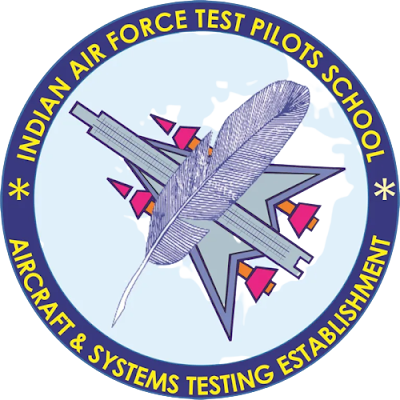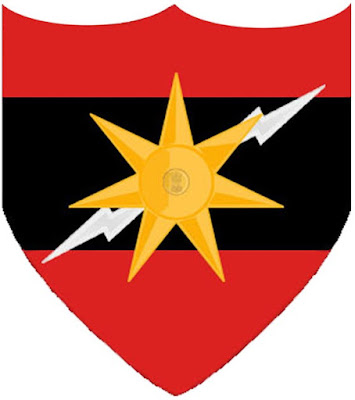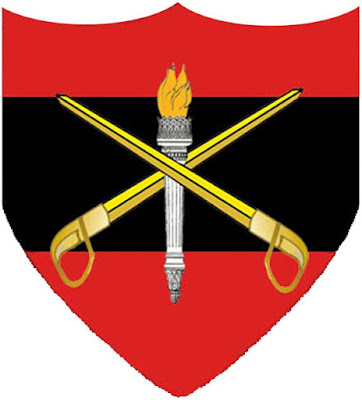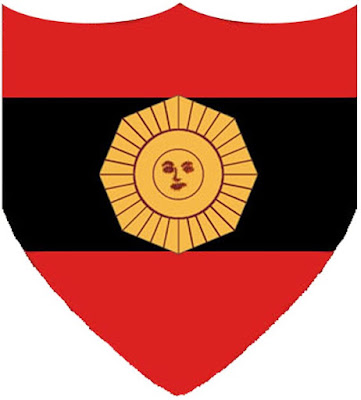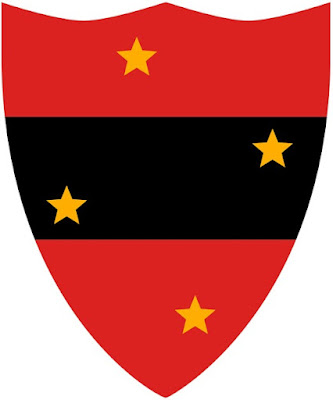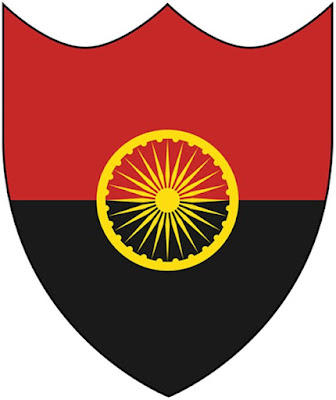THE GARHWAL RIFLES
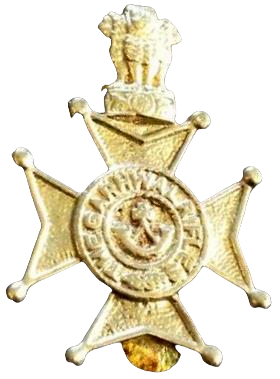
THE GARHWAL RIFLES The Garhwal Rifles is a light infantry or 'rifle' regiment of the Indian Army. It was originally raised as the 39th Garhwal Rifles of the Bengal Army, became part of the old Indian Army, and received its present name on Indian independence. It served during the Frontier campaigns of the late 19th and early 20th Centuries, as well in both the World Wars and the wars fought after Independence. Mainly made up of Garhwali soldiers, this regiment has a distinguished record and a unique identity. Today it is made up of more than 25,000 soldiers, organised into nineteen regular battalions and the Garhwal Scouts, who are stationed permanently at Joshimath. Its Regimental Centre is Landsdowne, Uttar Pradesh and its Regimental insignia is the Maltese Cross, with a bugle in the centre. Its Regimental motto is ‘Yudhaya Krit Nischya’ (Fight with Determination) and its war cry is ‘Badri Vishal Lal Ki Ja’ (Victory to the Great Lord Badri Nath). Its in
